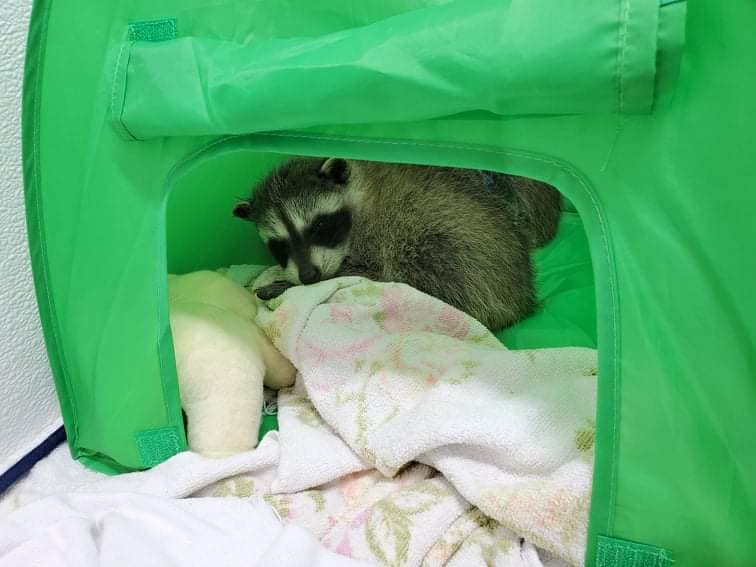The MARS Wildlife Rescue Centre in Merville needs your help.
It’s in need of donations, with 629 animals brought into the centre over the first six months of the year.
That’s nearly 200 more than the same period last year.
Manager of wildlife rehabilitation, Gyl Andersen, says they also currently have many more animals in care for this time of year.
“We have 165 right now,” Andersen said.
This includes 19 raccoon kits, six black tail deer fawns, several ducklings and goslings, and a wide range of baby birds.
Caregivers are working around the clock to keep all of the orphans fed and comfortable.
Andersen said they’re “definitely feeling the additional strain” on their resources.
“We are in need of donations to keep caring for all of these extra animals,” she said. “We have a pretty small budget for how much we can purchase on our own so it really does help when we get these in-kind donations of food. Then we don’t have to go out and purchase things, and also saves us time because we’re not out shopping, or sending volunteers out to do shopping. We can focus on the animals when we get these donations.”
Urgent needs include leafy greens, paper towels, dog and cat kibble, puppy and kitten milk replacer, kennels, nuts, and cleaning supplies such as garbage bags.
You can also help out by buying a summer raffle ticket or donating towards MARS’ animal care fund.
The centre urgently need these items to continue caring for sick and injured wildlife:
- Paper towels;
- Esbilac puppy milk replacer (available at Woofy’s and other pet supply stores);
- Kitten milk replacer or Babycat milk (available at Woofy’s and other pet stores);
- Cat and dog kibble (any kind);
- Kennels;
- Smocks/lab coats/surgical gowns/scrubs;
- Nuts (unsalted, raw, with or without shell);
- Electric heating pads;
- Freeze dried or frozen bloodworms, brine shrimp, daphnia, krill, tubifex worms, etc.
As for why they are getting so many animals brought in, Andersen can only speculate.
“It seems to be an increasing trend and this year we’re getting a huge increase,” she said. “It could be because people are getting more familiar with us and we’re more well known in the community, so people are reaching out to us when otherwise they wouldn’t have. But it could also be that we’re encroaching on wild habitats more. I think also with the pandemic, more people are spending time outdoors and really getting back into nature so there is probably more human/wildlife interaction just because of that.”






